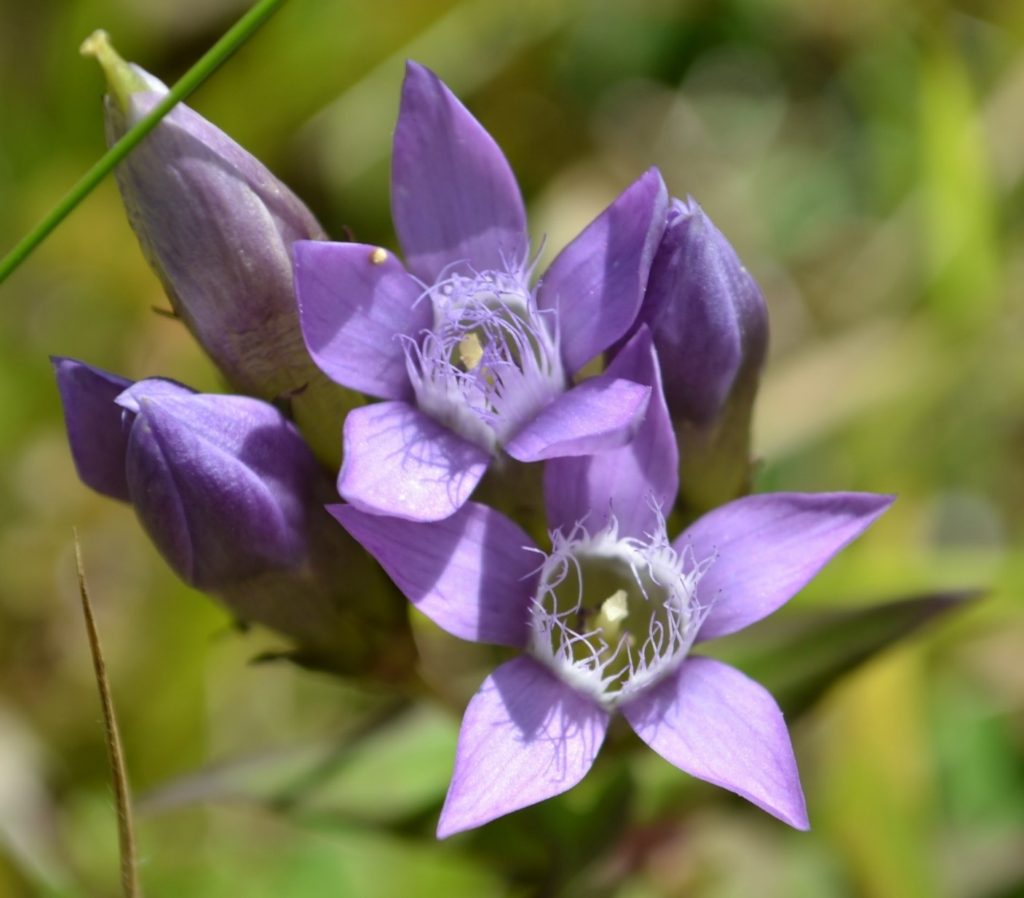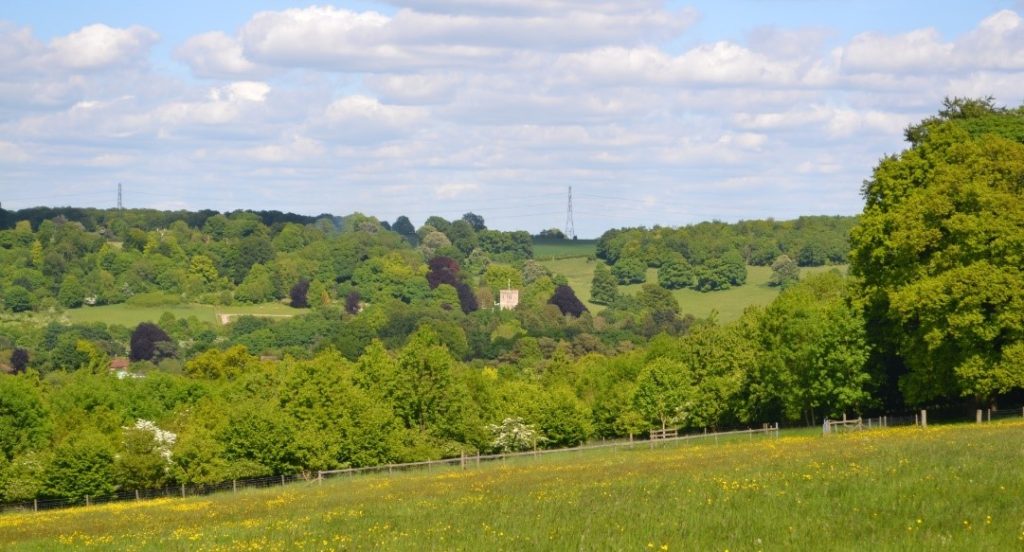Book I ~ The Chilterns: Habitat & Change
Introduction to the Chilterns and its Natural Habitats 4. Plants and man
The Nature of Our Plants
Our Flora Over Time
Ecology of Plants: 1. Are there plant communities?
2. What relationships do plants have with species of other natural orders?
3. Are some plants more ecologically important than others?
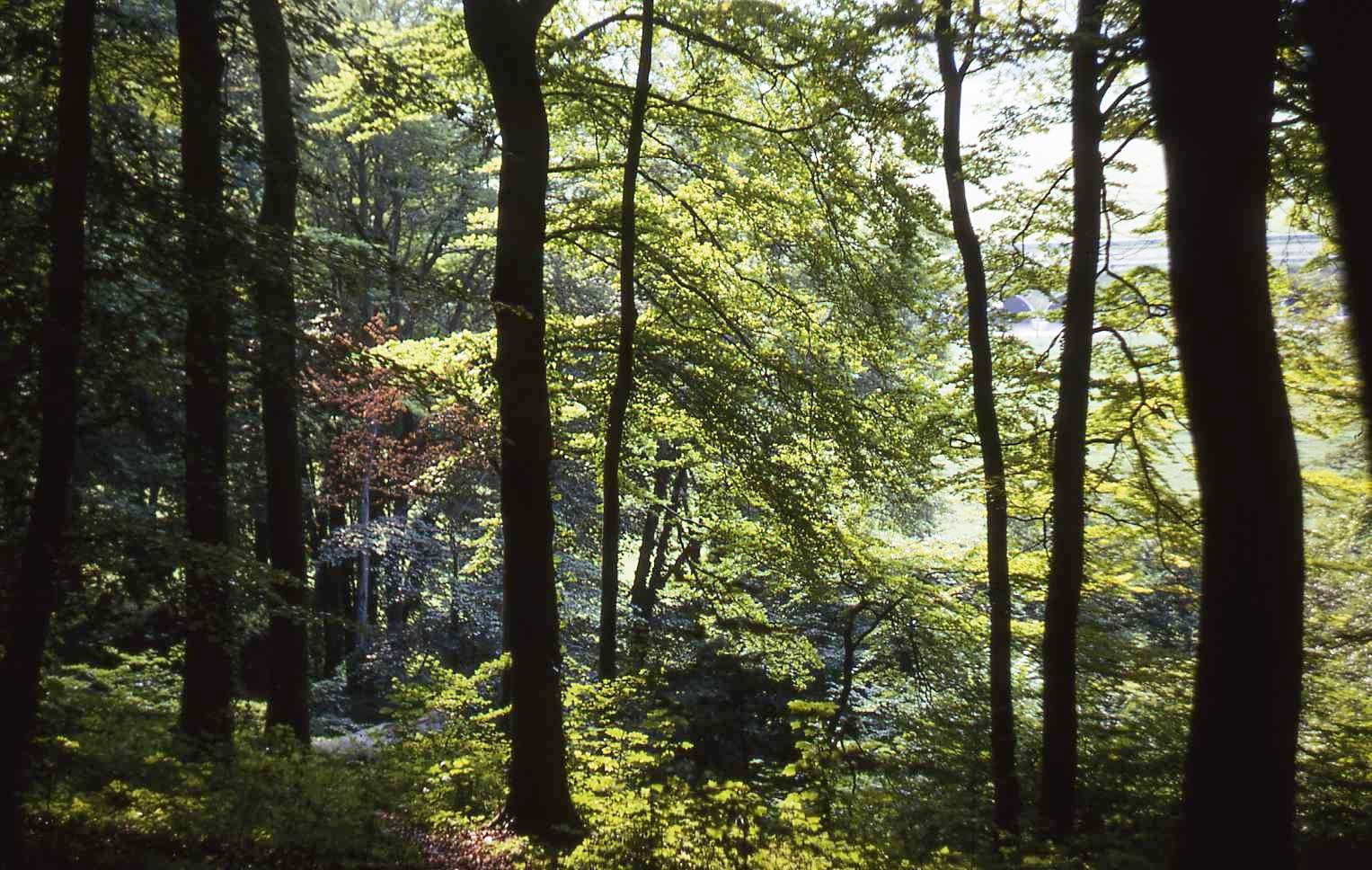
Book II ~ Trees and Large Shrubs
Book II covers all the major trees and shrubs in the same families, including Fagaceae, Nothofagaceae, Juglandaceae, Sapindaceae, Platanaceae, Oleaceae, Ulmaceae, Betulaceae, Salicaceae, Rosaceae, Malvaceae, Caprifoliaceae, Fabaceae and Evergreens. In the case of Rosaceae, Malvaceae, Caprifoliaceae and Fabaceae, this has meant artificially separating the larger woody species from other species in those families (in Book V). This is because, while of no special standing in terms of botanical taxonomy, trees define habitats and their associated ecology to a greater degree than lower plants.
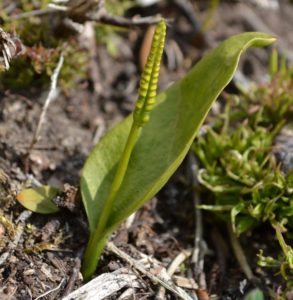
Book III ~ Spore-bearing plants
In Book III are the spore-bearing plants of the Chilterns including clubmosses and ferns. In evolutionary terms these are the earliest and most primitive of our plants. The spores that are sdevelop in a film of water into tiny green plants called gametophytes. These produce small male sperm cells and larger female egg cells, the former maturing first so that they will fertilise the egg-cells of gametophytes other than their parental ones by travelling through the film of water, ensuring cross-fertilisation. They are therefore more dependent on a wet habitat for reproduction than the seed-producing plants.
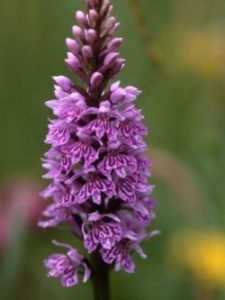
Book IV ~ Monocotyledons
Monocots are flowering plants with a single first seed-leaf (or cotyledon). They constitute the smaller of the two groups of flowering plants and typically have parallel-veined leaves, fleshy succulent growth, and often striking and unusual flowers (such as lilies and orchids). Book IV begins with aquatic plants and then deals with terrestrial families.
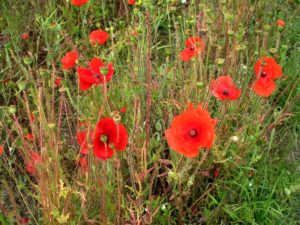
Book V ~ Flowering plants: Dicotyledons
Monocots are flowering plants with a single first seed-leaf (or cotyledon). They constitute the smaller of the two groups of flowering plants and typically have parallel-veined leaves, fleshy succulent growth, and often striking and unusual flowers (such as lilies and orchids). Book IV begins with aquatic plants and then deals with terrestrial families.
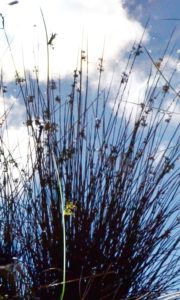
Book VI ~ Rushes, Sedges and Grasses
Section 42 Juncaceae: Rushes
Section 43 Cyperaceae: Sedges
Section 44: Poaceae: Bamboos and Grasses from the Pooideae subfamily
Sections 45 and 46 Grasses from Poaceae family
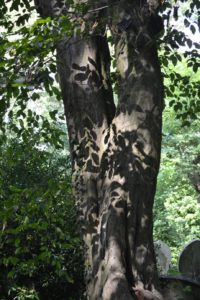
Book VII ~ Appendices
Appendix I: Woodland Typologies
Appendix II: Prestwood Nature's Mini-cornfield Experiment
Abbreviations, Glossary, Map references for local sites mentioned in the text, References.
Part I is about the geological origins of the soil and landscape, through to the first humans and the development of a proto-modern society.
Part II is an account of the nature of the parish population around 1851, its life and work and relationship to the land. 1851 is pinpointed as a crucial time in local history with the establishment of the parish, the coming of age of the Industrial Revolution, and the first full modern census of the British people.
In Part III, the author traces the subsequent development of the parish, sharing detailed family accounts and incorporating oral histories from some of the oldest inhabitants of the parish. These details of actual lives give a real sense of life at the time.
Part IV of the book describes the natural history of the parish and the use and management of the land.
In Part V the author provides us with a grave reminder that the ecological and environmental changes he has observed locally point to an uncertain future.
